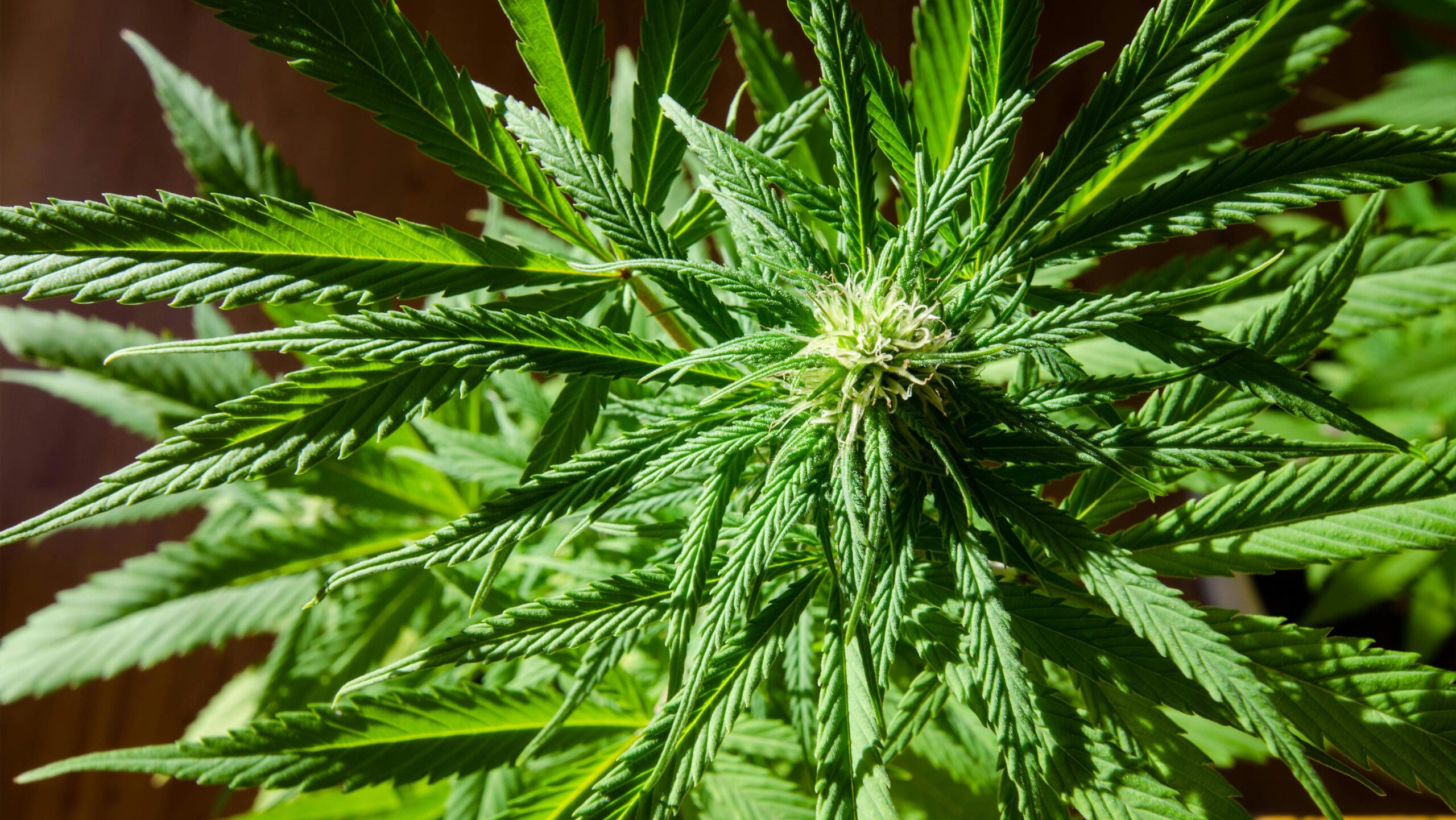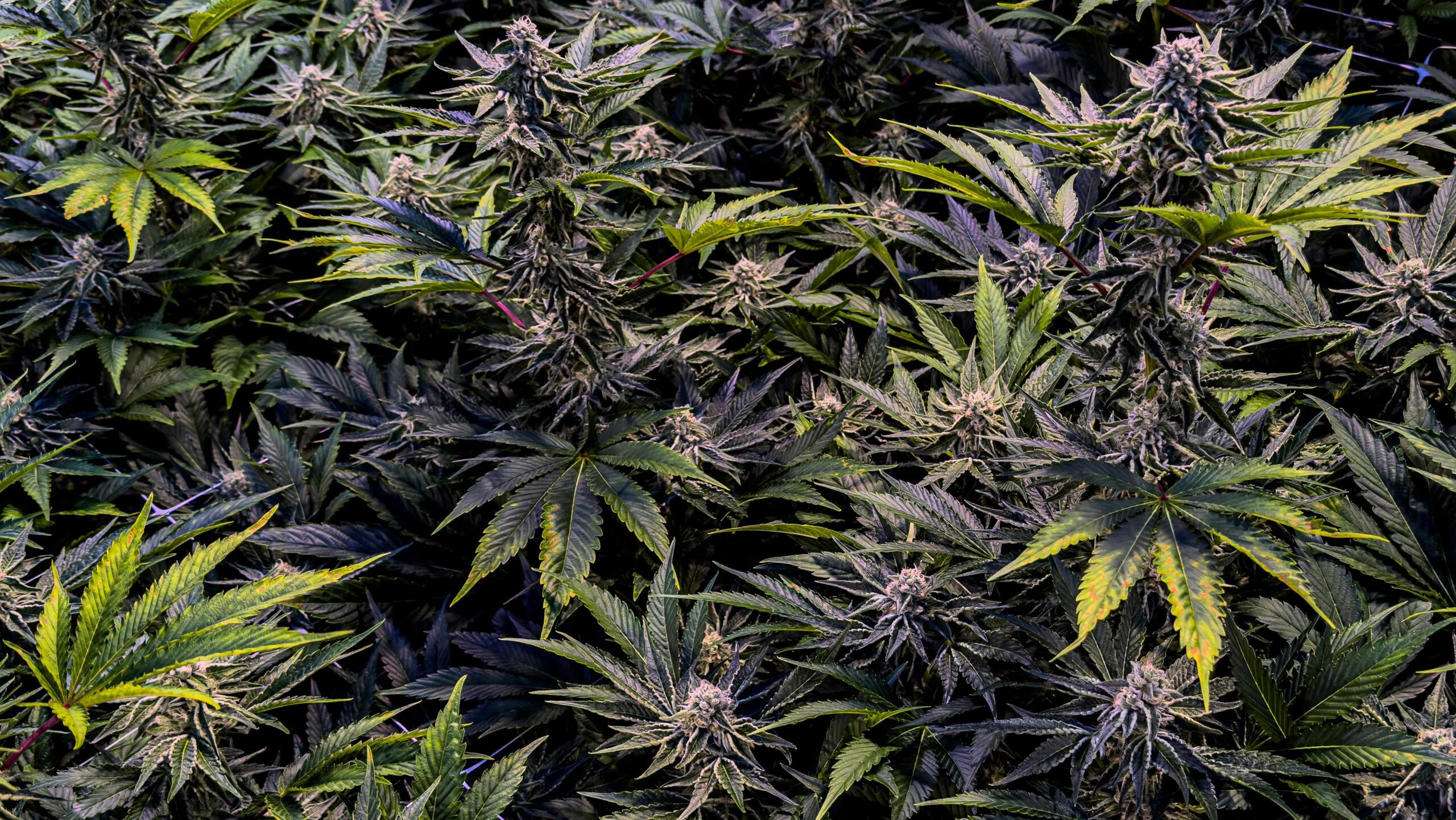
Sativa vs Indica: What’s the Real Difference?
Sativa vs Indica: What’s the Real Difference?
When it comes to choosing between sativa and indica, the decision can often feel confusing. These terms are thrown around in cannabis culture, but do you really understand the full differences? In this blog, we’ll break down the key characteristics that separate these two types of cannabis, and answer common questions to help you make an informed choice.
Contents
What are the key differences between Sativa and Indica plants?
At the most basic level, sativa and indica differ in their botanical origins and growth habits. Here’s a quick comparison of what sets them apart: Sativa strains are typically taller, with more slender leaves and longer flowering periods. Indicas, on the other hand, are shorter, bushier, and tend to mature more quickly.
Sativa plants tend to grow tall, often reaching heights of 3 to 6 metres. They have long, narrow-fingered leaves and a lanky growth pattern with more space between nodes. Their buds are usually airier and less compact. Sativa strains typically take longer to flower, with a flowering period of around 10 to 16 weeks or more.
Indica plants, by contrast, are shorter and bushier, usually growing to about 1 to 2 metres in height. They feature broad, wide leaves and a more compact growth pattern with closer spacing between nodes. Their buds are dense and chunky, and they generally have a shorter flowering time, typically between 6 to 9 weeks.

How do terpenes affect the Sativa vs Indica experience?
Terpenes are aromatic compounds found in cannabis that influence not only its smell but also its effects. They play a big role in the entourage effect, where the combination of cannabinoids and terpenes works together to create a more nuanced experience.
What terpenes are common in Sativa strains?
Sativa strains tend to have higher concentrations of terpenes like limonene and pinene, which are associated with energy-boosting and uplifting effects.
- Limonene: Found in citrus fruits, it can help elevate mood and energise.
- Pinene: Offers a pine-like aroma and may boost alertness and focus.
These terpenes may explain why sativas are often described as mood-enhancing and good for daytime use.
What terpenes are common in Indica strains?
Indica strains, known for their relaxing and sedative effects, often contain higher levels of myrcene and linalool:
- Myrcene: Has earthy, musky notes and is thought to contribute to a relaxed, sleep-inducing experience.
- Linalool: With a floral aroma, it is commonly linked to stress relief and relaxation.
The presence of these terpenes aligns with the common perception of indicas being calming and better suited for evening or nighttime use.
How do Sativa and Indica strains differ in cannabinoid content?
While THC and CBD are the most well-known cannabinoids, their levels can differ between sativa and indica strains.
Is THC higher in Sativa strains?
Generally, sativa strains are known for having higher levels of THC, the compound responsible for the plant’s psychoactive effects. This makes sativas popular for users seeking day-time treatment, pain relief, and focus.
However, there are always exceptions. Some indica strains can also have high THC levels, and some sativa varieties—like hemp—are low in THC.
Is CBD higher in Indica strains?
CBD is typically higher in indica strains, making them ideal for users seeking therapeutic effects like pain relief, anxiety reduction, and improved sleep without the high. However, as with THC, there are a variety of hybrid strains available today, which can blur the lines between the two.

How can Sativa and Indica strains be used medicinally?
While sativa and indica strains are commonly used for their recreational effects, they also offer a wide range of medicinal benefits.
How can Sativa help with medical conditions?
Sativa strains may provide relief from conditions like depression, fatigue, nausea, and appetite loss. Their energising and mood-enhancing effects can be beneficial for people looking to boost their mood or energy levels during the day.
However, sativas may not be ideal for individuals who struggle with anxiety, as higher doses can sometimes exacerbate these feelings.
How can Indica help with medical conditions?
Indica strains are often used to treat pain, insomnia, anxiety, and muscle spasms. The sedative effects of indicas can help individuals unwind, relieve chronic pain, and prepare for sleep. They can also be helpful for increasing appetite in patients undergoing treatments like chemotherapy.
Why does the Sativa vs Indica debate matter?
While the differences between sativa and indica are real, it’s important to remember that individual variation plays a huge role in how each person experiences cannabis. The entourage effect, a phenomenon where cannabinoids and terpenes work together synergistically, is crucial in determining the effects you’ll feel.
Ultimately, choosing between sativa and indica depends on your personal needs—whether it’s energy, focus, relaxation, or pain relief. By understanding the core differences, you can better match the right strain to your lifestyle and wellness goals.

Conclusion: Which is right for you?
Whether you’re seeking day-time relief or a peaceful night’s sleep, understanding the difference between sativa and indica can help you make an informed decision. Remember, the best way to understand how a strain will affect you is to pay attention to its unique cannabinoid and terpene profile, rather than just its classification.
At CB1 Medical, we’re dedicated to helping you navigate the world of medical cannabis. Explore our resources, consult with our specialists, and learn how sativa and indica strains may support your treatment. If you’re interested in learning whether medical cannabis is right for you, use our eligibility checker.